Member postings for Jon Cameron
Here is a list of all the postings Jon Cameron has made in our forums. Click on a thread name to jump to the thread.
| Thread: Bassett Lowke "Eclipse" |
| 13/08/2023 09:55:58 |
Hello Jason, I'm afraid I can't open those. But I am in no hurry. I'll send you my email and if you could do me the 2D drawings when you have time it would be appreciated. Regards Jon |
| 13/08/2023 02:33:58 |
Hello Jason, Is it possible to get a copy of the drawings from you for this engine. I am looking at building a streamliner hull and would obviously like the correct type of engine to go in it too. I have found some measurements from an original boiler so hopefully I can build that also fairly close to original. Regards Jon |
| Thread: 2" Clayton Wagon |
| 04/03/2023 14:21:55 |
I've spent a number of days now working in the dockstader simulator, trying to improve the joy valve gear on the Clayton. Are there any helpful hints that anyone could provide on laying out joy valve gear that may prove helpful?
So far I've found that with the straight slides the simulator simply won't process the data, and I get error messages all over. I therefore changed the slides to a radius equal to the radius rod that connects to the valve rod. Also after checking my dimensions a couple times to the drawings the crank rod needed increasing by 1/8" so that the piston would travel the full length of the cylinder. This can be achieved by changing the rear bearing to a slightly larger one and offsetting the bearing hole, therefore increasing the length of the connecting rod. I believe this error has crept into the drawing as the rear cylinder cover width (1/8" These dimensions I've checked twice against the drawings, and I'm surprised that any clayton wagon is running. I'd be interested to hear from builders of the Clayton if they found this error or worked around it somehow? By changing the above dimensions, resulted in the valve having a cut off in forward gear of 54.6% front port and 99% rear port, and in reverse the front steam port not having any access to steam inlet and the rear 97%. Also that the valve would overshoot the valve chest wall by a small margin. Therefore I have reduced the valve stem centre to centre length to 3.825" instead of the 3.975" as shown on the drawings. This has shown a great improvement in the simulations I've run, even allowing for expansion of the steam which the joy gear is supposed to be so great for. Comparison with the above changes are as follows;
Forward gear; Front steam port 82% cut off Rear steam port 87% cut off Reverse gear Front steam port 89.1% cut off Rear steam port 90.5% cut off Notched up a little to midway between full forward and centre position Forward gear Front steam port 48.7% Rear steam port 59.9% Reverse Gear Front steam port 52% Rear steam port 73% Still a long way to go but vast improvements. Any help and input would be appreciated. Jon
|
| 26/02/2023 16:38:04 |
Hello, I did a deal with a friend the other week, and I came away the owner of this started clayton wagon. The rust on the chassis is superficial, and overall its quite a nicely built wagon so far. With only minor things that aren't quite as the articles by Dyer. I've started to strip the chassis down and I've removed the axle assemblies as complete units, so I can better paint and remove the rust on the chassis and components. A couple of different wire brushes, and some emery cloth had the steel frame back to bare metal and minus the rust. So that painting could begin. While the red oxide paint was curing my attention turned to the rear axle assembly, I want to build a cover to eliminate muck and stray fingers from entering the diff. So this needed stripping down not only to paint but to allow access for measuring, to size the diff. On stripping down I made a discovery, the rear wheels bores and axles are actually tapered to ensure a good fit. I must say I was quite impressed with this mod, and it's execution. The axle will be measured painted then a diff cover made to bolt onto the rear of the gears on the axles. Which should keep most muck from entering and also allow oil to be squirted into the diff assembly. I'm wondering whether to clean up the wheel castings before paint, they are quite rough castings. Especially on the spoked areas.
The axle bearings themselves though seem to have been messed up a little and soldered to the required size, these may be removed and new ones made up as currently there is no way to get oil inside the axle assembly. Alternatively they are free turning on the axle, so may just drill through the rear of the axle blocks to the bearings, and leave them in place, renewing them when needed when the axle bearings wear out. Suggestions on a postcard please. Edited By Jon Cameron on 26/02/2023 16:44:32 |
| Thread: 1/16? scale model tramcars |
| 14/01/2023 17:34:59 |
John Beresford, JohnS, Hi, I've just joined the TLRS, and ordered the book you mention. So I hope to start next month building something if all goes well. I have seen Ashley bests articles, I agree, there really good and in depth.RI shall post on my progress over the next year. Regards Jon |
| 07/01/2023 15:12:17 |
Lovely trams, I've been looking at building one myself. So I'm gathering some photos and info currently. Also very interesting the winding machine for the motors. I think it's great someone prooving the impossible can be done with a little thought. Jon |
| Thread: Boiler calculations- steam output |
| 14/10/2022 17:03:02 |
Nigel, Thank you for the thougher reply. I worked out what space I had to play with scaled downfrom the full size engine, and then worked out the inners. Starting from the boiler, 4" dia tube 13swg x 11.75" long. Split for 4.5/8" along its length and opened out to make the firebox wrapper. This makes the firebox 2" deeper below the bottom of the main tube, with no extension pieces to solder on. So overall height of boiler can be anything upto 6". Grate area scales down to 12sq in. Making the outer firebox 4" x 4.5/8" with a 1/4" water space and using 13swg again for the inner wrapper of the firebox I've got the grate area to 11.718sq in. The tubes are worked out as 3/8" x 20swg @7.3/8" length. Inside dia tube area needs to be between 1/5th and 1/6th of grate area, so this gives a figure of between 6 and 7 tubes. There are model examples of 16SWG tube been used for the main barrel at this dia. So it may be very possible to decrease this, thus making it easier to solder up, and requiring less heat, whilst also gaining a little extra water sspace.As you can see the boiler is by no means large. It looks like there's not enough tubes, but the calculations I've done say this is correct. Also Making it an easier loco to build is the need for only three forming plates, one for front tube plate, one for inner firebox, and one for backhead. The throatplate been able to use the latter too. No extension pieces for the firebox. The firebox top stays will have some metal removed to allow water circulation across the top of the firebox. Biggest issue I see is the absence of a dome and priming. However been so small I was wanting to work out the steam output and use that to design the cylinder block, which itself is only small cylinders for a 5" engine. I believe these may have to be increased in dia from scale size, to increase the swept volume. The boiler would be for a NER Y7. Using Joy valve gear, and twin cylinder block between the frames. Wheels are 3.7/8" dia. If any of this information is at all helpful for any possible calculation. Regards Jon |
| 14/10/2022 14:44:07 |
Hello, Can someone point me to a formula for calculating max steam output from a boiler please? I am drafting a boiler design but want to match it to the cylinders, to make sure the boiler could keep up. Regards Jon |
| Thread: 3" Suffolk dredging engine boiler |
| 06/06/2022 14:07:28 |
Hello, The 3" Suffolk dredging tractor designed by John Haining Am I correct or mistaken that there was a copper boiler drawing published for this engine, or was there only the steel version printed? Just been reading over the articles and can't remember.
Regards Jon |
| Thread: Fairground Gallopers |
| 05/12/2021 12:44:00 |
Thanks Bill I'll check that out. Regards Jon |
| 05/12/2021 10:54:45 |
Posted by Scrumpy on 04/12/2021 19:55:54:
As the person who originally asked the question my brother and myself went and viewed the gallopers at Carter’s steam fair we were told a full set of drawings were held at the Norfolk rural museum ( savage ) but despite sending emails we never had a reply then sadly we dropped the idea as we started to build a Marshall Roller but it’s a project that is something worth looking at again Thanks, Funny how things distract you lol. I'm the same. But having seen two examples of the 1/16" version , in the last two months. I am thinking a 1" version would be very nice. Albeit huge. Thanks to the others who's commented. All helps. Regards Jon |
| 04/12/2021 14:00:23 |
Did anything come of this request for information? I only ask as the info posted by the other members have been very helpful. I have for a couple of years wanted to build one and thought I'd browse for information on existing gallopers. I'd like to make a steam powered one if anyone has any good images of the savage power plant. Or dimensions of the full size plant. The lack of reversing gear is a bonus as they only rotate one direction. Cheers Jon |
| Thread: 3.1/2" gauge Don Youngs George |
| 27/05/2021 10:12:21 |
Hello Chris, I'll post info here as well as on the MECH forum. I have found a completed and running model, I haven't shared pictures of it as I'm not sure if hes happy for me to do so. But I'll ask permission and share if he's happy for me to do so. The main issue is the firebox forming a structural part of the frames. This means there is no allowance for expansion in the boiler, thus the front of the boiler expands forward, this then causes alignment issues with steam pipes, hence the curled pipes shown in the articles. Also with the blast nozzle that doesn't align with the chimney base. The solution to all these is rather simple albeit a deviation from the prototype. Extend the steel frame plate that the boiler is suppose to bolt to. So it is wide enough to clear the sides of the firebox (5.1/4" wide). Then 3/16" frames bolted or brazed to support the firebox (copper or bronze angle riveted and brazed to sides of boiler) tied together at the rear with a 1/2x3/4" drag beam bolted up. The boiler then has room to expand rearward, pipes don't need to be flexible, and can be fixed. There is an issue with the valve spindle not aligning but there's again a simple fix. But making from scratch id be tempted to increase the valvechest size and move the spindle so it aligns. Really it should have a proper lubricator on it rather than the hydrostatic one, which apparently runs out very quick so don't bother with this. A larger one of 2" dia can be fitted under the footplate, or an alternative for the lubricator to be fed from an eccentric somewhere onthe loco, (ie not sure yet). These are all points to get you started. Regards Jon |
| 26/05/2021 09:25:58 |
Hi Bill,
Yes I had meant to message you yesterday regarding making contact with a guy whos built one. Wheels will be ordered Friday and then the fun begins. Meanwhile I'm giving my ml4 a tune up, before they arrive so I can get to with machining them. Including aligning the tailstock properly which is a real pain!
Regards Jon |
| 24/05/2021 10:08:50 |
Hi Bill, I've searched on the MECH forum and came up with nothing. Can you enlighten me as to what is flawed in the design please? Or where this is documented? As I've found very little info. Ill put a post on the MECH forum and see what is said. Regards Jon |
| 24/05/2021 08:55:28 |
Hello, Im hoping one of you may be able to help. Been a keen narrow gauge railway fan, I've been looking at George as a build, designed by Don Young in LLAS. I have all but drawing sheet four in the magazines. Though this has now been sorted and I have the remaining drawing. My question, is there any of these locos ever been finished. As despite searching the Internet, I've yet to come across a running example. There are three or four partially built ones that I've found. (One of these is the example shown in the article text). But I've never seen one running, so it begs the question is it a flawed design somehow? Now a lot of what I've read on Don Young suggests that he was an excellent designer, so I doubt my last statement can be true. So let's see a show of hands for anyone that has seen one running. Any other thoughts or ideas also welcome. Regards Jon |
| Thread: 5" Maid of Kent Build Log |
| 05/02/2021 11:04:31 |
My apologies Julian, got your surname wrong. Jon |
| Thread: Tailstock turret |
| 05/02/2021 10:07:04 |
Personally I think doing the flat face boring, drilling and tapping of that side that will eventually face the chuck, is a better way of doing it. To give yourself the most surface area for holding, to then drill and tap/bore for the tailstock arbour. It also means that the part is already in position to maintain the centre tapped hole in line with the axis of the lathe. Also the plunger hole can be drilled at the same angle by simply setting over the cross slide. The top part then can be made, and indexed and drilled for the plunger indent, bolted together then the sockets drilled and reamed for the tooling. Using the fully assembled part mounted in the tailstock and the drill and reamer mounted in the spindle. Perfect alignment is then ensured with the indexed position and the spindle axis. Plenty of different ways to do it. Jon Edited By Jon Cameron on 05/02/2021 10:25:33 |
| 04/02/2021 23:23:00 |
Actually, engage brain.... do that in reverse. Mount raw casting on faceplate to bore and drill through the rotating piece first. Use plenty of packing. Once all these operations are done mount the angleplate loosely on the cross slide, put a piece of paper between the machined surface and the angle plate. Then poke a long bolt that you pre made into the casting to secure it to the angleplate. Make sure the angleplate is nipped fixer tight on the teenuts. Rotate the chuck so that the arbour spigot is on centreheight of the lathe. Then fully tighten the bolt through into the casting. The faceplate can now be turned on the cross slide, and clocked into the required angle. Then a simple matter of drilling and tapping for the arbour. Or you could transfer the angle plate to the faceplate, if the spigot is directed facing directly up so when mounted to the faceplate the spigot is in line with the axis of the lathe. An engineers square on the cross slide may help this setup. Jon |
| 04/02/2021 23:06:49 |
Get your angleplate out, bolt the casting to the angle plate securely. Set the angle plate on the cross slide at the correct angle. Clock it in with a DTI mounted to the bed over a set distance or angle gauges and set the angleplate up against the faceplate with the gauge between the faces, before clamping down. Use a boring tool in the spindle. Drill and tap the hole with a drill chuck in the spindle. For next operation if you set it up right you'll simply need to turn and clock the angle plate in line with the axis of the lathe. Then drill and tap the hole for the arbour. If I'm looking at it correctly that is?? Just seen a fully built one of these for sale, is it a hemmingway kit? Jon |
Want the latest issue of Model Engineer or Model Engineers' Workshop? Use our magazine locator links to find your nearest stockist!
Sign up to our newsletter and get a free digital issue.
You can unsubscribe at anytime. View our privacy policy at www.mortons.co.uk/privacy
- hemingway ball turner
04/07/2025 14:40:26 - *Oct 2023: FORUM MIGRATION TIMELINE*
05/10/2023 07:57:11 - Making ER11 collet chuck
05/10/2023 07:56:24 - What did you do today? 2023
05/10/2023 07:25:01 - Orrery
05/10/2023 06:00:41 - Wera hand-tools
05/10/2023 05:47:07 - New member
05/10/2023 04:40:11 - Problems with external pot on at1 vfd
05/10/2023 00:06:32 - Drain plug
04/10/2023 23:36:17 - digi phase converter for 10 machines.....
04/10/2023 23:13:48 - More Latest Posts...
- View All Topics
- Reeves** - Rebuilt Royal Scot by Martin Evans
by John Broughton
£300.00 - BRITANNIA 5" GAUGE James Perrier
by Jon Seabright 1
£2,500.00 - Drill Grinder - for restoration
by Nigel Graham 2
£0.00 - WARCO WM18 MILLING MACHINE
by Alex Chudley
£1,200.00 - MYFORD SUPER 7 LATHE
by Alex Chudley
£2,000.00 - More "For Sale" Ads...
- D1-3 backplate
by Michael Horley
Price Not Specified - fixed steady for a Colchester bantam mark1 800
by George Jervis
Price Not Specified - lbsc pansy
by JACK SIDEBOTHAM
Price Not Specified - Pratt Burnerd multifit chuck key.
by Tim Riome
Price Not Specified - BANDSAW BLADE WELDER
by HUGH
Price Not Specified - More "Wanted" Ads...
Do you want to contact the Model Engineer and Model Engineers' Workshop team?
You can contact us by phone, mail or email about the magazines including becoming a contributor, submitting reader's letters or making queries about articles. You can also get in touch about this website, advertising or other general issues.
Click THIS LINK for full contact details.
For subscription issues please see THIS LINK.
Model Engineer Magazine
- Percival Marshall
- M.E. History
- LittleLEC
- M.E. Clock
ME Workshop
- An Adcock
- & Shipley
- Horizontal
- Mill
Subscribe Now
- Great savings
- Delivered to your door
Pre-order your copy!
- Delivered to your doorstep!
- Free UK delivery!
 has not been included when the valve gear was schemed out by Dyer.
has not been included when the valve gear was schemed out by Dyer.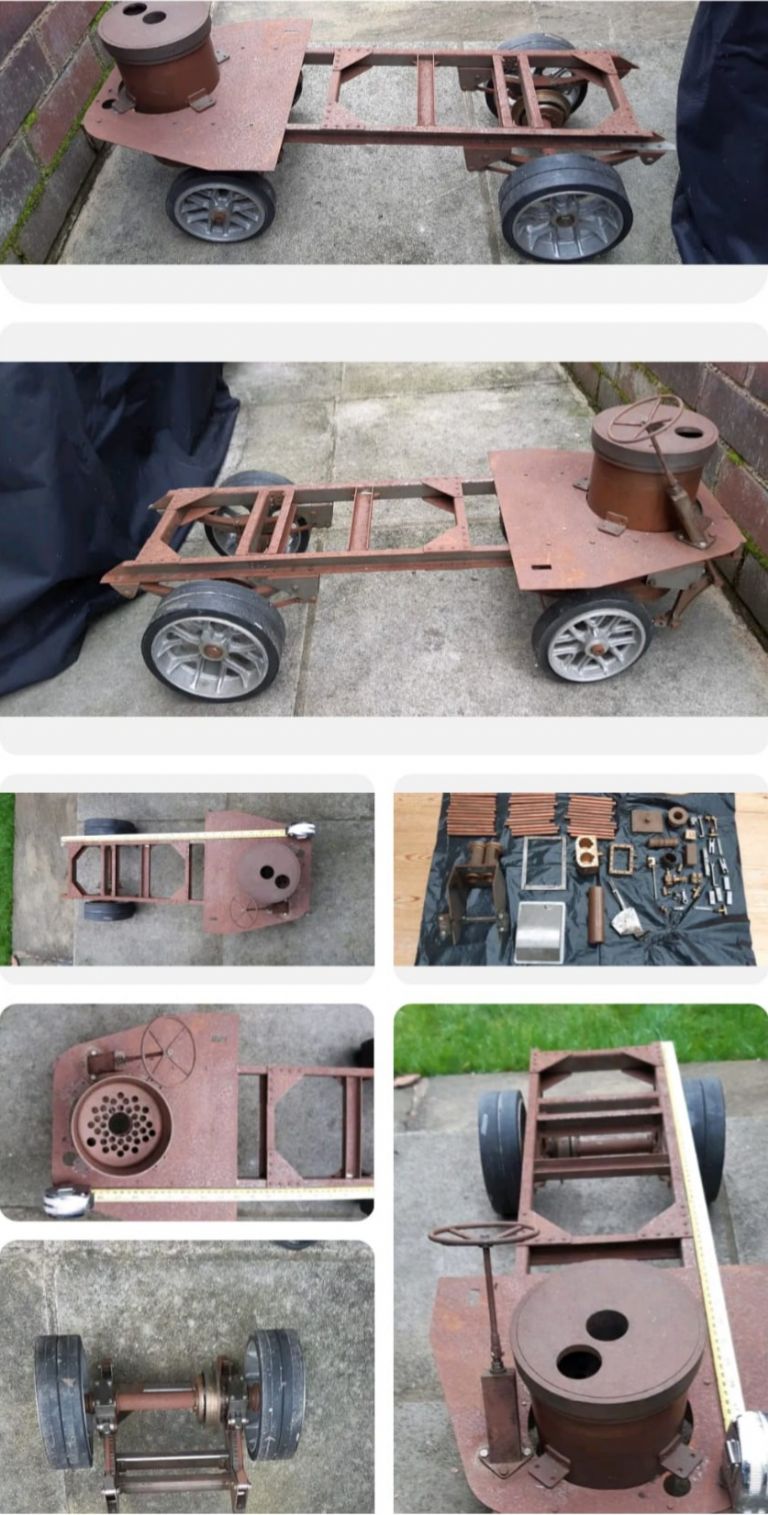
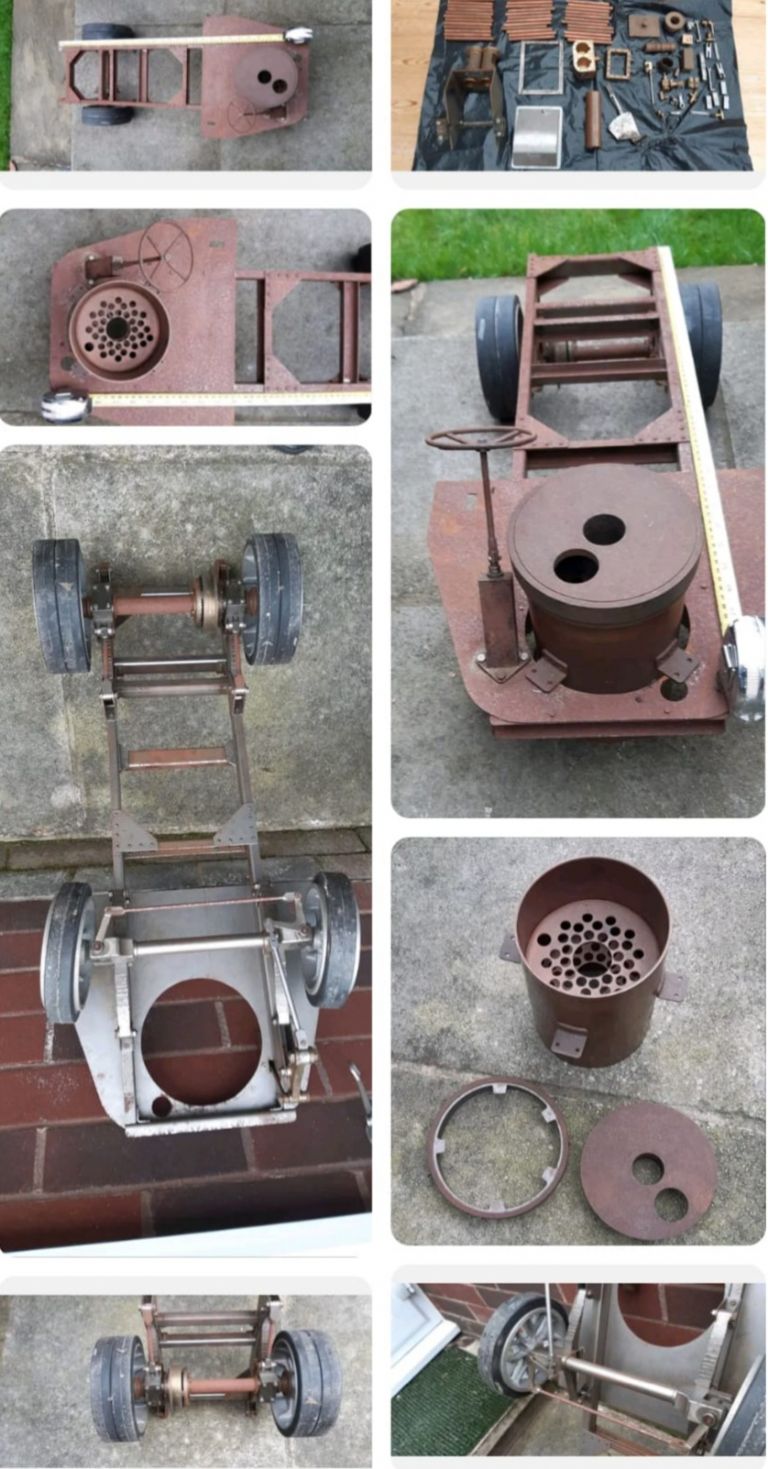

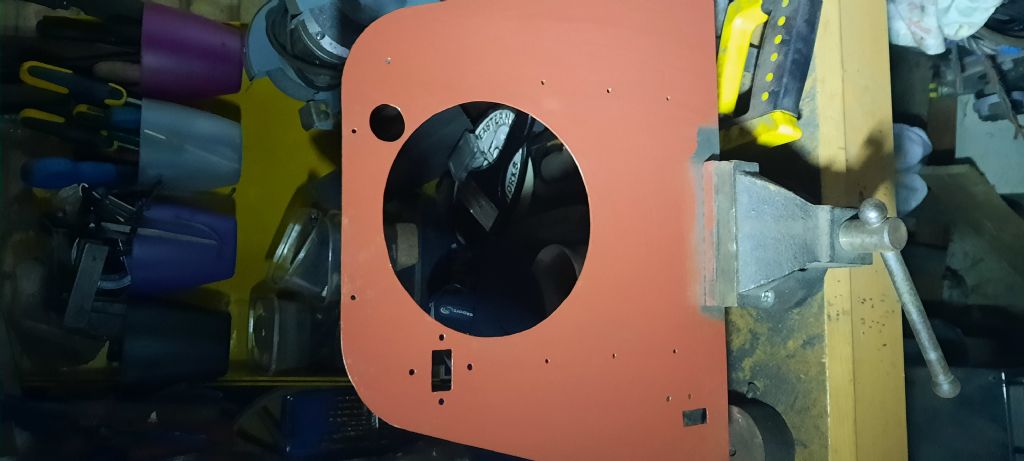
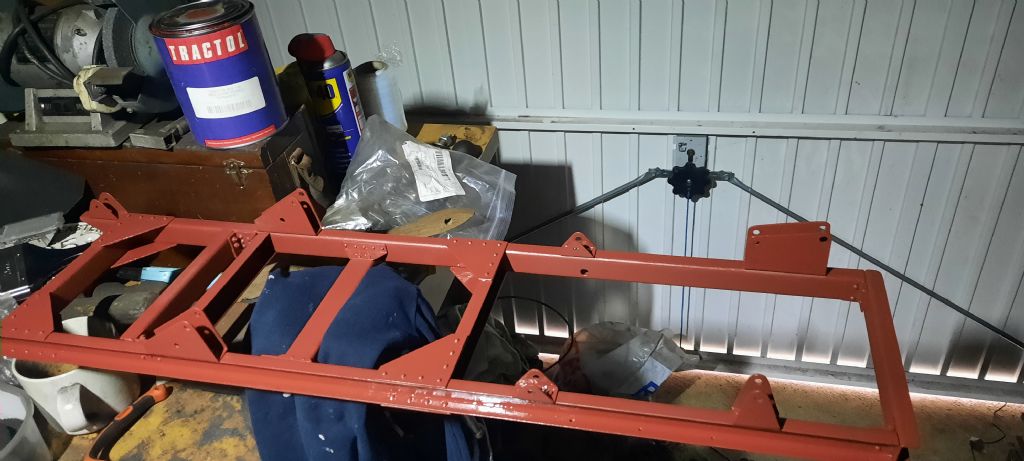
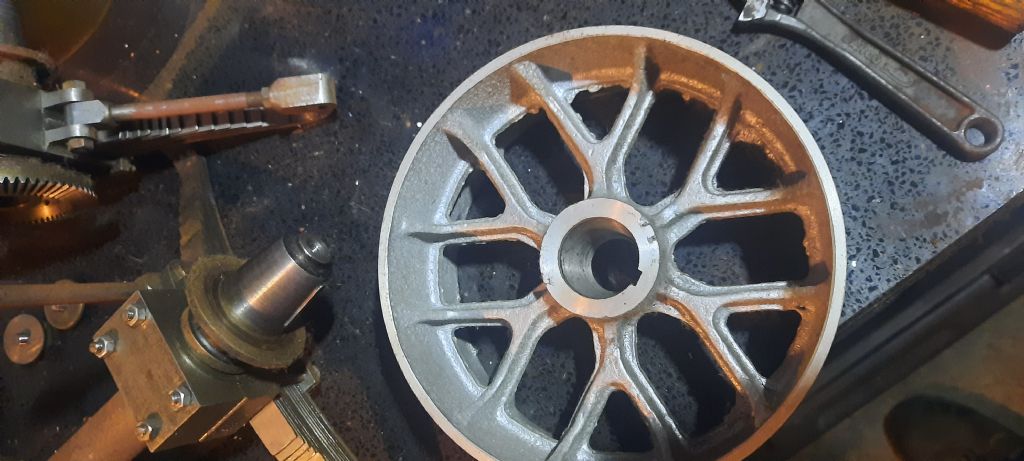

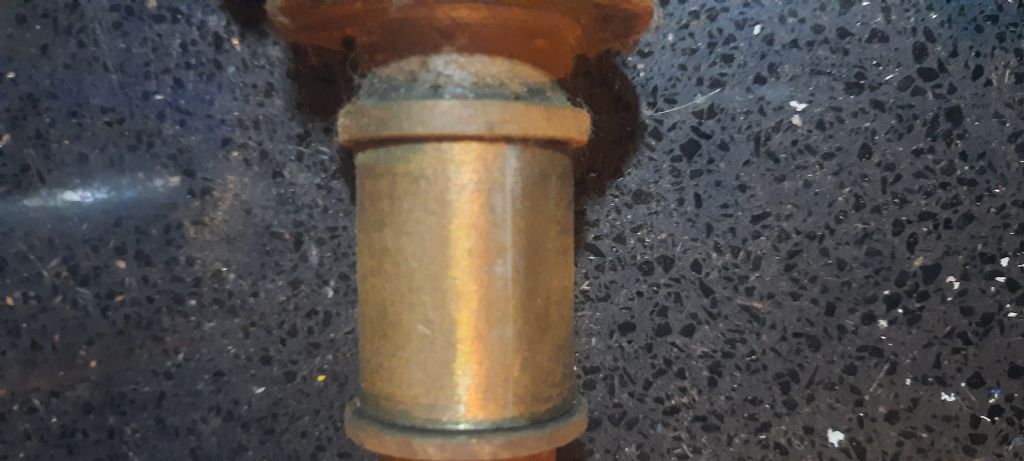









 Register
Register Log-in
Log-in


